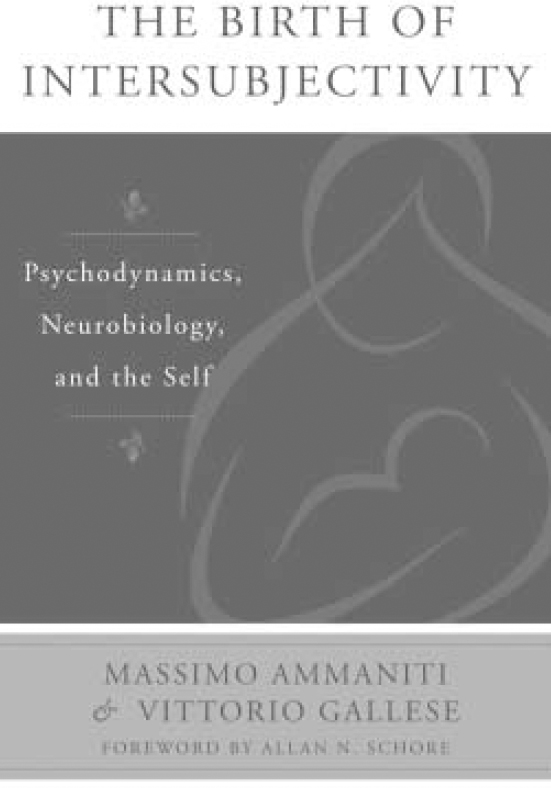
This book explores the relational and embodied nature of human life combining the developmental psychodynamic perspective and an embodied neuroscientific approach. It documents the birth of the intersubjective matrix of human existence from pregnancy and through the infant’s first years building on evolutionary psychology, mother-infant research and embodied simulation theory. Evolutionary psychology shows how human mothers learnt to care for immature and helpless infants by becoming attuned to their affective expressions, and that infants who are more attuned to caregivers have a better chance of surviving. Selection processes have favoured individuals with a particular competence in grasping others’ intentions. Mother-infant interaction research has shown that mother and infant create a pre-verbal communication context based on affective attunement. This implicit code - that develops hand in hand with a basic sense of self - is procedural, non-symbolic and pre-reflective. Embodied simulation, challenging purely mentalistic views on intersubjectivity, provides a neurobiological account based on intercorporeality and affective communication. The capacity to understand the others’ actions relies on mechanisms that exploit the intrinsic organisation of our motor system. Humans reuse their own non-propositional engrams encoded in bodily format in their brain to functionally attribute intentions to others while observing their intentional behaviours as if one were performing a similar behaviour or experiencing a similar emotion.
The authors have an immense grasp of a wide-ranging area of scientific, clinical and philosophical literature and a rare capacity to construct an original argument. They address intersubjectivity integrating cognitive neuroscience, developmental psychology, philosophy and psychoanalysis. They then move on to the evolutionary origins of mental care, maternal-fetal attachment and the role of fathers in co-parenting. Mothers’ brain transformation is discussed alongside the activation of care circuits, followed by the building of the primary matrix of intersubjectivity. The impact of parental stress on the infant’s development is addressed and, finally, this knowledge is applied to the development of best practices in the community.
What is really new about this research is that it studies the developmental and neurobiological underpinnings of intersubjectivity without eliminating the experiential dimension of social behaviours. It looks at intersubjectivity from a phenomenological angle. It delves into ‘what it is like’ to be with another person. It strives not to describe intersubjectivity from a declarative, meta-representational, third-person perspective, as is the case with mainstream approaches to social cognition. Its investigation on the neural bases of the human capacity to be attuned to others is ecologically plausible as it includes real persons’ narratives and not merely lab experiments. In this perspective, the other person appears in a quite different light than that of a ‘mentalising monad’ or a disembodied representational system; the Other ‘becomes a bodily self, like us’.



eLetters
No eLetters have been published for this article.